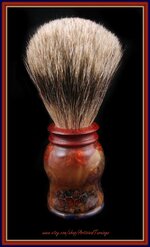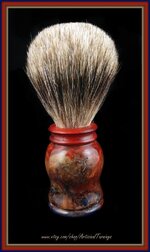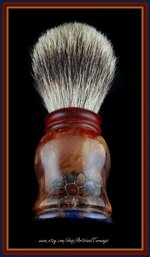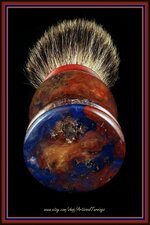Most pigments start with earth, ocher, mineral, and oxide pigments.
Then lakes are added for brightness and micas and synthetics to achieve the shimmer.
Synthetics are made using many techniques depending on the desired effects. Heat and fuming or vapor is used often in the process.
Looking at the ingredients in make-up will reveal everything that is incorporated to achieve a certain color. Of course with make-up, some of the ingredients are for adhesion (binders), application, wear ability, etc. The colorants are the ingredients that are of concern for the final color and effect.
We rarely used the natural pigments. You might be surprised to know that there are ingredients such as cyanide in some colors. A lot of colors contain toxins and we always reviewed the MSDS before handling, and always used appropriate safety precautions.
Also, if using metal powders, they have certain hazards as well. When we used aluminum, it was pure aluminum, and could combust easily according to the warnings. We never had that situation, but did hear of it happening. I believe that aluminum is mixed with inert material, i.e. titanium dioxide, now to prevent the combustibility.




